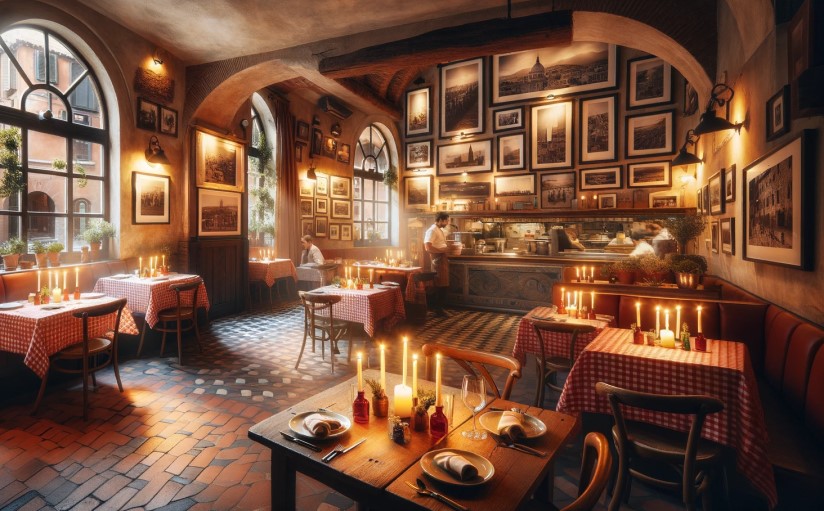The fireplace is dancing and crackling as large fluffy snowflakes make their way to the ground outside my window. The softly glowing flames of a candle fill the air with scents of cinnamon and cloves. Snuggled in my cozy, knit sweater, I sip my steaming cup of hot chocolate as I sit down to my keyboard to describe the ambiance of my living room this evening and ponder on the ambience vs. ambiance debate.
What is the difference between these often-confused words? How do you spell ambiance? What do these words mean? Why do I not know this? Am I a writer or an impostor? Let’s answer these questions before the ambiance changes.

Ambience vs. Ambiance at a Glance
OK, do not panic (like me). You will be happy to know these words mean the same thing. And, more good news, both spellings are correct.
- Ambience describes the atmosphere, mood and character of a place.
- Ambiance describes, well, the atmosphere, mood and character of a place.
What’s the Difference Between Ambience and Ambiance?
Are ambience vs. ambiance really the same? There must be some difference, right? Other than that one pesky letter, no. Both words refer to the feeling or atmosphere of a place. The usage of the two terms is the same.
So, why are there two spellings for the same word? With origins in the Latin word ambient, meaning going round, and the French word ambiant, meaning surrounding, the word ambience was first used in the English language at the end of the 19th century. It was borrowed directly from the French term ambiance but was Anglicized with an e instead of an a. The meaning remained the same.
Ambience is technically the accurate English spelling. However, later, it became trendy to use French words in the English language, and people began using the original French spelling of ambiance. Both versions are considered correct. There’s no need to be a grammar snob when it comes to ambiance or ambience.
When To Use Ambience
Although some dictionaries list the standard spelling as ambiance, ambience is the most used English spelling.
Ambience Examples:
- The ambience of the Italian restaurant in my neighborhood is warm and inviting.
- Creating the right ambience is critical for a romantic evening.
When To Use Ambiance
Ambiance is a French word meaning the mood or atmosphere of the surroundings. This spelling is often used in texts referring to design or art, although either term is correct in any circumstance.
Ambiance Examples:
- The hotel room’s soothing white and blue tones, coupled with soft lighting, create a calm and relaxing ambiance, making it an excellent choice for a weekend getaway.
- Enhance the ambiance of your room with carefully chosen artwork.

Ambience vs. Ambiance: Let’s Improve the Ambience Here
My hot chocolate got icy cold while we were discussing ambience vs. ambiance. I need to restore that cozy mood. While it may seem confusing (and altogether unnecessary) to have two different spellings of the same word, rest assured you are correct no matter which one you choose.
You just need to decide if you want to stick with the English spelling or throw a little French into your text. Whether you use ambiance or ambience, I am going to add some whipped cream to my cup and put on the movie “Chocolat.” That will improve the ambiance here.
What are some other commonly confused words that throw you into a panic? Let us know in the comments below!


Leave a Reply